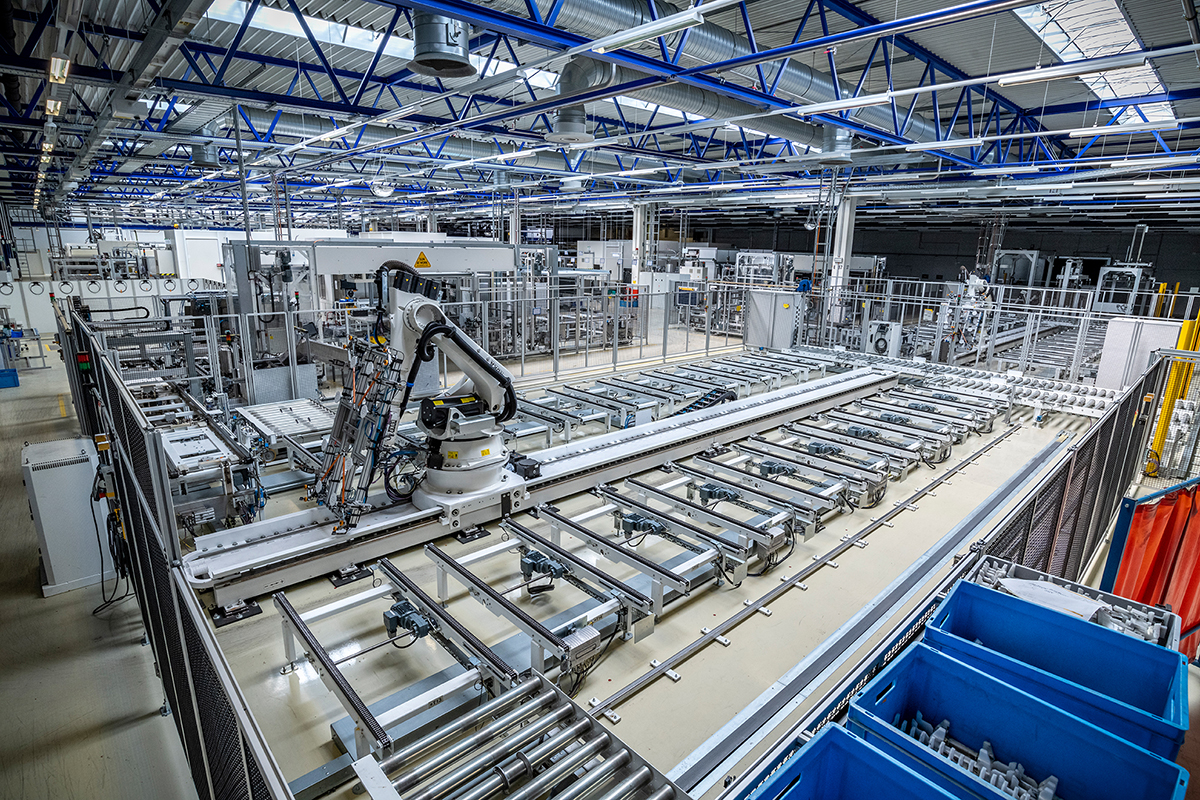Supply chain problems helped drive up the cost of solar power equipment last year, but are expected to ease in 2022, according to analyst Wood Mackenzie. The U.S. Department of Energy is examining the issues surrounding the overall clean energy manufacturing supply chain, and recently published “America’s Strategy to Secure the Supply Chain for a Robust Clean Energy Transition”. The strategy is part of a US government approach to chart a course for revitalizing the economy and domestic manufacturing by securing the country’s most critical supply chains.
Today, the DOE’s Office of Energy Efficiency and Renewable Energy (EERE) released seven deep-dive assessments of clean energy manufacturing supply chains. Each of the seven assessments, one of which is solar, focuses on a different technology or resource that will help the Biden Administration achieve its goal of net-zero carbon emissions by 2050.
“The transition to a clean energy economy cannot proceed without a steady supply of the materials and components required to manufacture clean energy products,” said Kelly Speakes-Backman, Principal Deputy Assistant Secretary for EERE. “The assessments released today highlight the wealth of opportunities that will come with domestic supply-chain expansion, including new jobs, new manufacturing infrastructure, and faster, cheaper deployment of clean energy technologies.”
The deep dive into how to achieve leadership in the solar PV supply chain makes the case that the US is the second largest global PV market and that developing US photovoltaic (PV) manufacturing could mitigate global supply chain challenges and benefit the climate as well as US workers, employers, and the economy. Significant growth can be stimulated by incentives that offset the higher cost of manufacturing in the US, and the assessment points out that existing polysilicon production facilities can focus on producing solar-grade polysilicon. And it details other areas of the supply chain that are ripe for expansion from ingot to wafer to thin film and silicon cell manufacturing.
With domestic solar production costs about 30 to 40% higher than off-shore, the assessment acknowledges that companies will need financial support and suggests that costs and benefits should be equitable, social responsible and sustainable.
Specific strategies for executive action and recommendations for Congressional action to spur domestic manufacturing include:
• Enact legislation to provide tax incentives to support domestic manufacturing, including incentives for building new facilities and for the
ongoing operation of those facilities. Silicon ingot and wafer production should be prioritized.
• Enact legislation to encourage domestic solar adoption and deployment. Extend and revise credits for clean energy deployment, such as the
Production Tax Credit (PTC) and Investment Tax Credit (ITC) to provide stronger incentives for solar projects that support domestic manufacturing and increase family-sustaining jobs.
• Coordinate trade policy across the US government to create fair conditions for the US solar industry and its workers.
This content is protected by copyright and may not be reused. If you want to cooperate with us and would like to reuse some of our content, please contact: editors@pv-magazine.com.









By submitting this form you agree to pv magazine using your data for the purposes of publishing your comment.
Your personal data will only be disclosed or otherwise transmitted to third parties for the purposes of spam filtering or if this is necessary for technical maintenance of the website. Any other transfer to third parties will not take place unless this is justified on the basis of applicable data protection regulations or if pv magazine is legally obliged to do so.
You may revoke this consent at any time with effect for the future, in which case your personal data will be deleted immediately. Otherwise, your data will be deleted if pv magazine has processed your request or the purpose of data storage is fulfilled.
Further information on data privacy can be found in our Data Protection Policy.